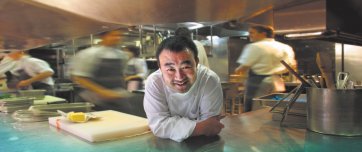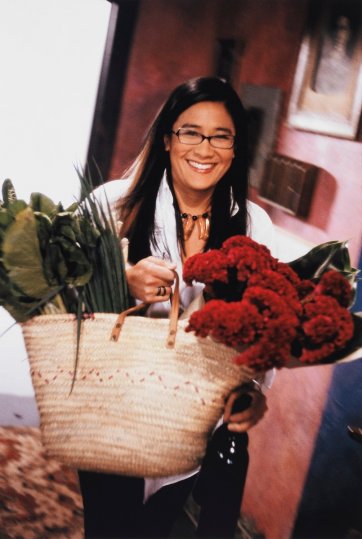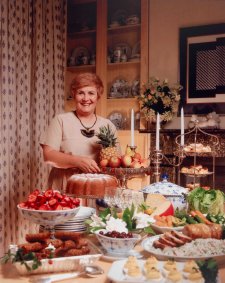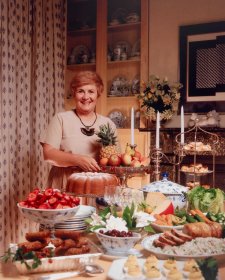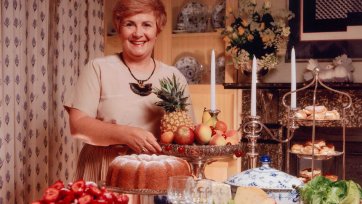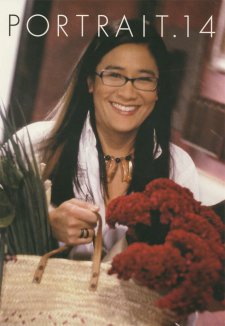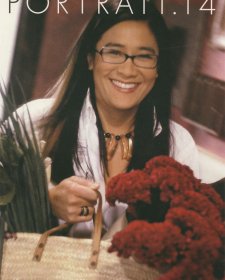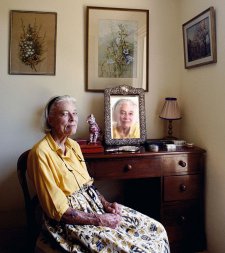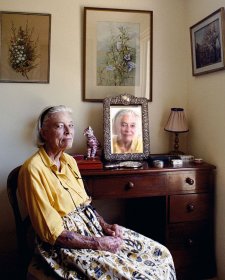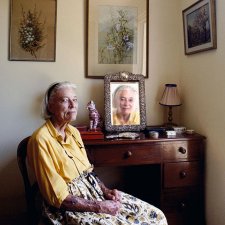Masters of Fare: Chefs, Winemakers. Providores celebrates men and women who have championed the unique culinary characteristics and produce of Australia, enriching our lives with new ideas and new flavours over the past forty years.
As recently as the 1970s, Australian wines afforded material for the Monty Python team to satirise. Since then, Australia has moved from a primariry beer drinking nation to one in which wine commonly features on the family dinner table; Britain imports more Australian wine than French, and the rest of the world is just as eager to have a dnnk on us. Much else has changed. Once our cities' restaurants were so few that word of mouth recommendations were all that were required for a restaurateur to prosper. Now magazine articles and good food guides abound to allow demanding consumers to negotiate the ever-changing world of restaurants across the country. These establishments enjoy the open air, crowding the pavement where once liquor laws relegated them to dark caverns. Where once we adhered to a diet of meat and three veg, savouring canned pineapple, sliced white bread, chicory flavoured coffee substitute and mealy tomatoes, today's best-selling cookery books promote fresh ingredients and encourage creative mixing of European and Asian ideas and flavours.
Conversations not only happen in, but revolve around, places that serve the best coffee; growers' markets are germinating across the country, and television programmes encourage home grown vegetables from heritage seed stock by pesticide-free organic methods. Television brought us instructive cooking shows in the 70s, but now there are whole channels devoted to cooking, recognising and promoting the integral relationship between what we eat and who we are. In a short twenty years we have taken to fish sauce, sourdough, mineral water, octopus, wasabi, balsamic vinegar and rocket, and our love affair with meat has come full circle, with brand-name lamb, beef, pork and chicken in demand in restaurants and in boutique butcheries. These developments are central to our idea that we are an international community, an exciting part of the wider world despite our geographical isolation and short colonial history.
At a time when food and wine have become accepted as key and positive defining aspects of Australian society, this exhibition pays tribute to four decades of pioneers, innovators and entrepreneurs of the Australian food and wine industries.


